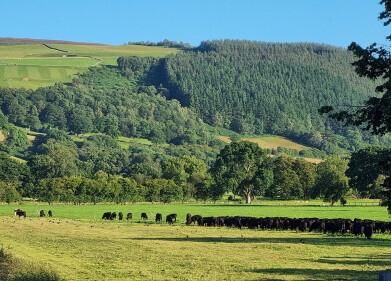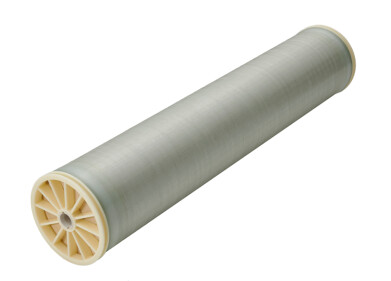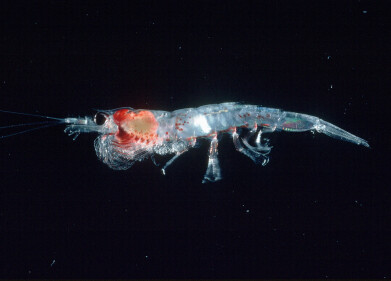Water/Wastewater
Minimising Environmental Impact Raising the Costa Concordia
Sep 20 2013
Siltbuster Ltd. (UK), water treatment experts, have supplied specialist equipment to Titan Salvage, to minimise the environmental impact of raising the Costa Concordia.
The scale of the salvage task was daunting and during many months of careful planning it became clear to Titan Salvage that the work presented a big environmental challenge. Complex stabilisation and anchoring systems needed to be successfully installed, requiring a considerable amount of bore-holing on the sea bed. This in turn could result in large volumes of sediment-laden water being dispersed around the bore holes, with potentially damaging effects to the local ecosystem.
Dr Richard Coulton, environmental engineering expert and founder of Siltbuster explains why silt is such an environmentally challenging issue: “It is natural to find silt and sediment in water. However, a sudden release of large amounts of sediment could harmfully affect water quality, damaging fish and the habitat that fish depend on. The silt produced by the operation, if released into the sea, could harm the marine environment and fish by: damaging gills; affecting migration; and making it hard for fish to feed and breed. For instance it could block the small spaces between gravel particles on the sea bed, preventing the free flow of oxygenated water. This could suffocate any eggs developing in the gravel, rendering the sea beds unsuitable for egg incubation.
Siltbuster’s engineers recommended their Siltbuster HB40R water clarifier unit to treat the accumulation of sediment from the 30 boreholes that Titan Salvage drilled adjacent to the 950ft submerged steel carcass. The unit performed well, handling up to 40m³ of sediment laden water per hour, and a further 3 similar units were deployed, with 2 smaller HB20 Clarifiers hired temporarily to cover a peak in operations. This high performance clarifier is capable of not only receiving the flow of sediment-laden water generated by the bore-holing, but also captures and stores the material within a single hopper at the bottom of the clarifier. The collected slurry can be pumped off for further dewatering while, at the same time, discharging the treated water safely back into the environment.
Dr Coulton concludes: “We’ve been involved in high profile projects before, and enjoy setting our specialists to work on unusual situations but I have to say that this one is more high profile and unusual than most! It’s great to think that technology developed and built at our Monmouth facility, in the UK has supported one of the most high profile projects in salvage history and has helped to protect this precious Italian coastline.”
Events
Carrefour des Gestions Locales de L'eau
Jan 22 2025 Rennes, France
Jan 29 2025 Tokyo, Japan
Feb 05 2025 Nantes, France
Feb 16 2025 Kampala, Uganda
Feb 26 2025 Chennai, India




-as-feedstock.jpg)





